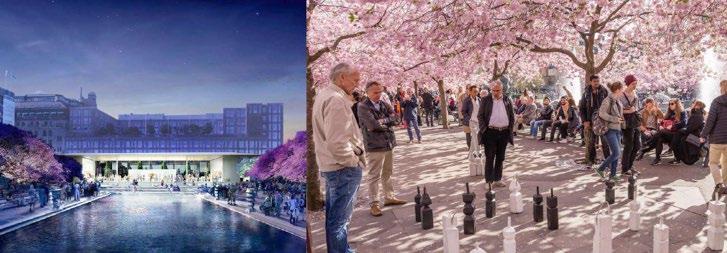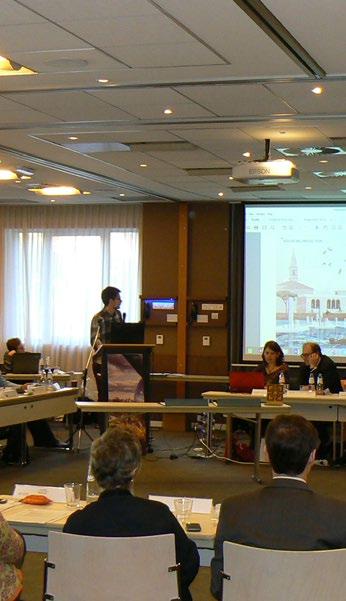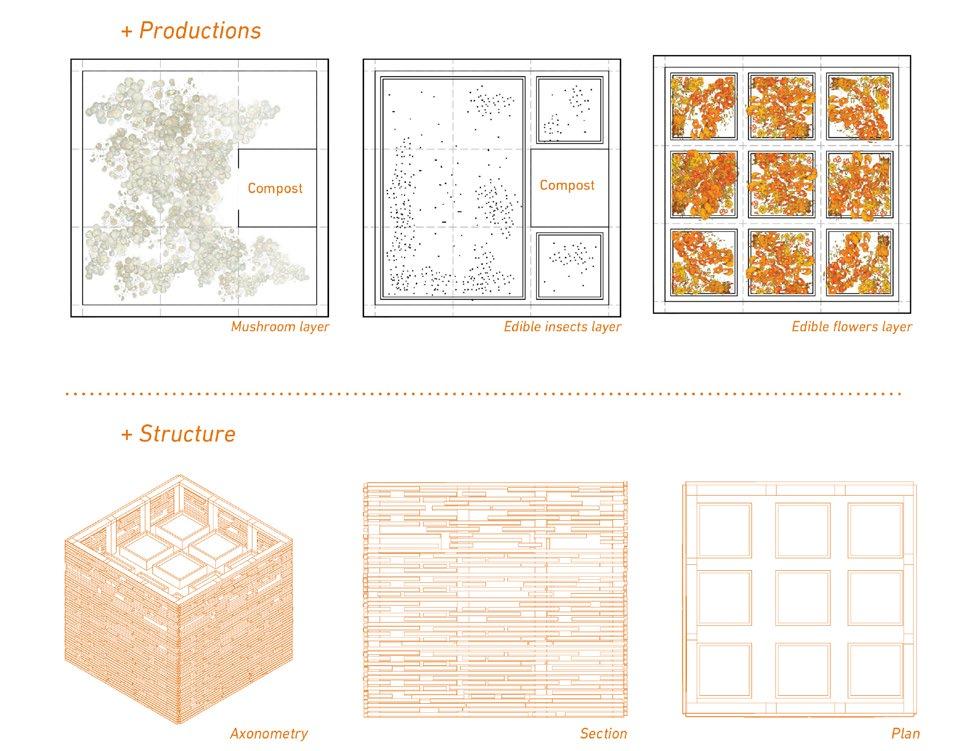
2 minute read
Sweden Past, Present, Futurescapes
Past, Present, Future scapes
JOHAN FOLKESSON IFLA EUROPE DELEGATE
Advertisement
Some would argue that it is the constant change and the transformation of space that defines the urban landscapes. Hence, to understand the future, it is advisable to know something about the past.
PAST
Kungsträdgården in Stockholm – The Royal Garden – has a history that dates back to the 15th century. The kings (and the occasional queen) were keen to tend the garden according to their own needs and ambitions. However, it was only the chosen few who had access to the garden: the royal court and some international dignitaries. The garden had guards that rejected the access by the gates.
The garden was finally open up to the public in the end of the 18th century. During the 20th century Kungsträdgården changed rapidly. The municipality started to maintain the garden, aiming the usage towards the public interests. During the last 100 years, the garden has been a public park in central Stockholm and a scene for both large public gatherings and festivities as well as places for manifestations and demonstrations.
PRESENT
This year it was announced that IT-company Apple had bought a plot in the garden, planning a new Apple Store. Apple has convinced both the politicians and (most of) the public that their store “is the solution Stockholm needs to develop and improve the site with better public space and an increased availability”.
The academy of landscape architecture has initiated a visionary work in form of an idea dialogue with the public and the city – RETHINK KUNGSAN. We want to explore new possibilities to use the site. But we also want to connect with the citizens, making them aware what is happening and deliver their view on the topic into the planning process.
FUTURE
In the conflict between the public and the private, the landscape architect will need to work as a balancing force, evaluating the individual and the public need from a broad and a long-term perspective. If we fail to do so, we risk a future scenario where the urban landscapes are planned by and for commercial interests, a space only for the lucky few who are welcomed through the gates and where guards reject the unwanted.
The Royal Garden, Stockholm © from “Landscape and Marine Views of Norway and Sweden”, 1890-1900

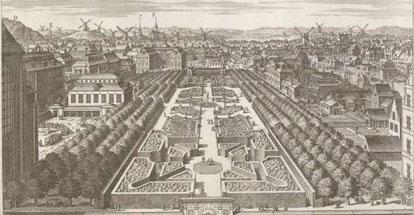
The Royal Garden, Stockholm © Jan van den Aveele, 1700
The Royal Garden, Stockholm © Academy of Landscape Architecture’s programme for Rethink Kungsan, 2016
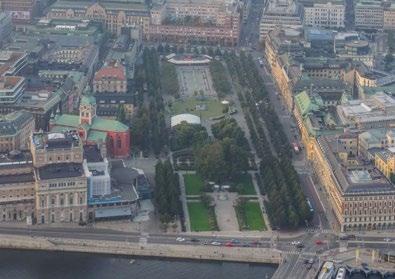
The Royal Garden, Stockholm © Arild Vågen
Re-thinking urban spaces © Apple/Foster + Partners and Arild Vågen
